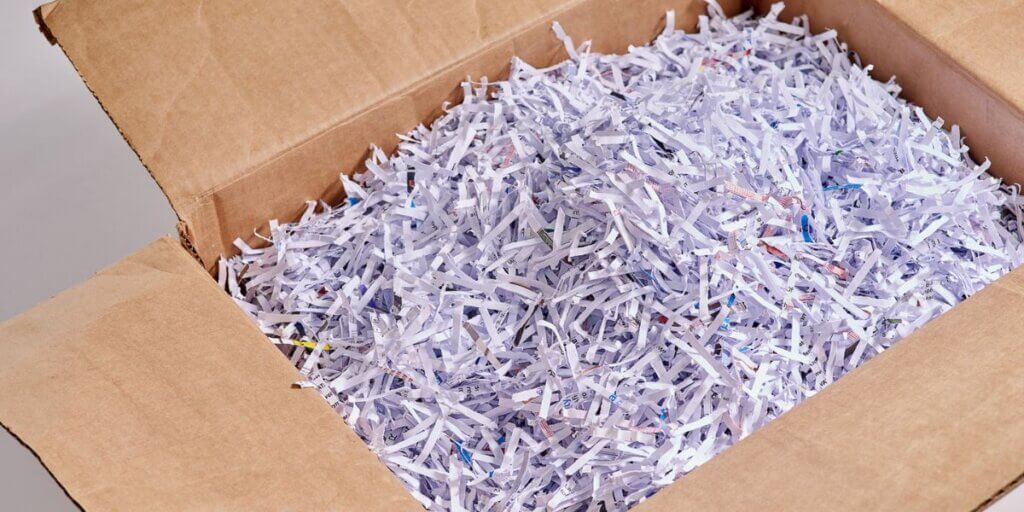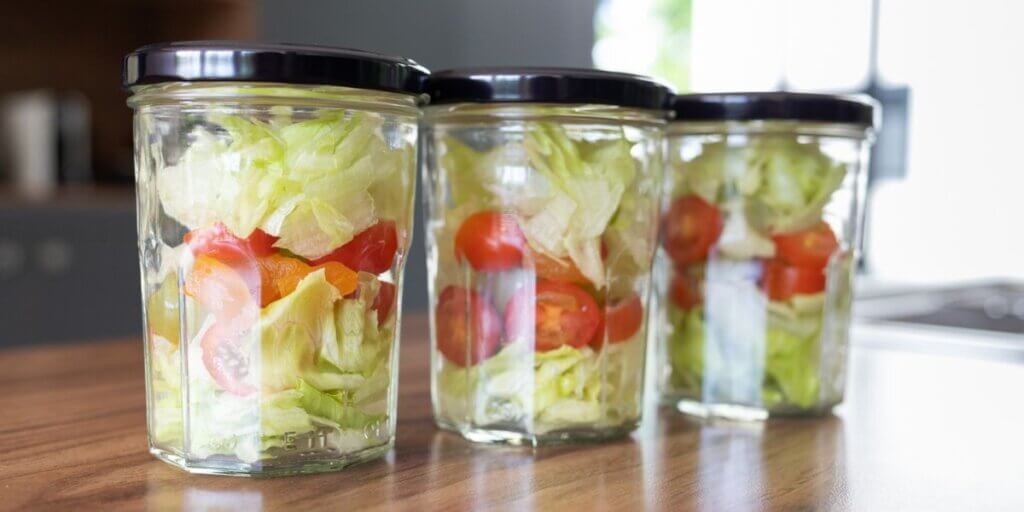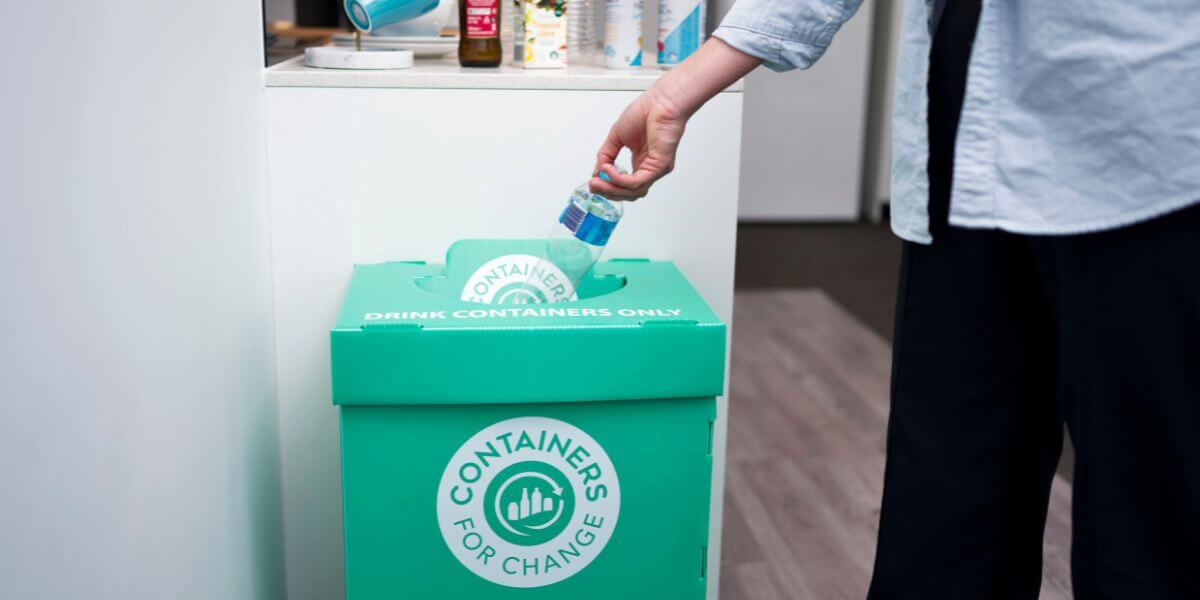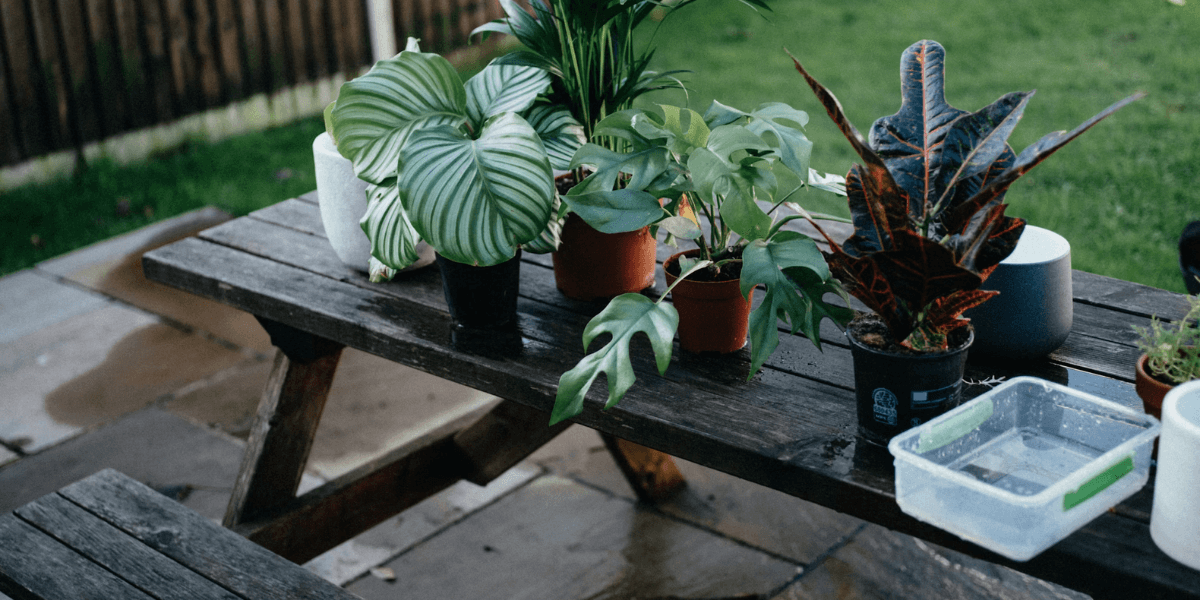REDUCE WASTE, SUSTAINABLE LIVING
7 ways to recycle even more
So you consider yourself a recycling pro. Your recycling bin is pristine – full of clean acceptable materials, and you know exactly what can and can’t go in. But have you ever wondered how you can level up even further, or where your recyclables go once you pop them in your yellow bin? And what happens to them at the other end? Does it all get recycled? If these questions have been keeping you up at night, we’re here to give you a good night’s sleep and help you bring your recycling a-game so that nothing goes to waste.
Recycling road trip
From your kerbside your recyclables go on a long journey starting with the sorting process at the Materials Recovery Facility (MRF) before they’re transformed into something new.
First, the recyclables undergo a manual pre-sort where MRF workers remove large items that might damage the MRF machinery.
This is why it’s important not to put anything sharp or dangerous in the recycling bin!

Getting it sorted
Materials are then sorted based on physical properties into five material types for recycling:
- Paper is light and flat and is collected in a trommel
- Glass is brittle and is shattered by star screens
- Steel is magnetic and is separated by magnet
- Aluminum is repelled by an eddy current
- Plastic is rigid and last to be sorted -it is separated by density using lasers and air jets.
At the end of the sorting process, the separated materials are compressed into bales and sent off to manufacturers to become new products.

Check out this video to learn more about the sorting process…
Hacking the system
Now that you’ve got the inside scoop on how the MRF works, check out our 7 recycling hacks below to make the most of the sorting process…
Shredded paper
Seal shredded or small pieces of paper inside a paper envelope or box to make sure the small pieces don’t get lost inside the MRF.
Bonus hack: Compost paper scraps using your worm farm or compost bin, or use them as mulch on the garden.

Steel bottle caps and jar lids
Punch a slot in the top of a coffee tin and use it to collect bottle tops and other small steel items. Recycle the whole tin once full.
Aluminium foil
Save pieces until you have enough to create a tennis ball sized ball. Because aluminium is very light, scrunching it into a larger ball makes it easier for the eddy current to separate it from the rest of the recycling.

Plastic bottle lids
Leave these screwed on to help containers keep their shape. This helps them move and bounce along the sorting conveyor for separation at the end of the sorting process.

Can lids and jars
Place lids inside the can and crush the tin to keep the lid inside.
Glass jars and bottles
Be careful not to smash your jars or bottles – keep them whole to keep MRF workers safe and to avoid small pieces being lost before sorting.
Bonus hack: Save your glass jars and use them to store flour, rice, or even make a glass jar salad to take for lunch!

10c containers
Not only can you make money from collecting these items, taking them for a container refund is also a great way to recycle! As these items are already sorted into material type, this makes for an extremely pure recycling stream that is easily transformed into new products.
Bonus hack: Consider donating your 10c bottles and cans to a local charity or community group. They’ll appreciate the funds, and you won’t have to worry about taking the bottles to the depot yourself.

Go forth and recycle!
You’re now ready to level up your recycling! By using these hacks, your recycling bin will be the best in the game. For even more hacks, check out our tips on getting a bigger recycling bin and downloading apps to help you sort it all out. And don’t forget to share these tips with your friends and family!
Author

Amelia Hoffmann
Amelia works at Brisbane Sustainability Agency and is passionate about helping people learn more about recycling, sustainability, and circular economics. She’s also an avid op-shopper and addicted to houseplants.








